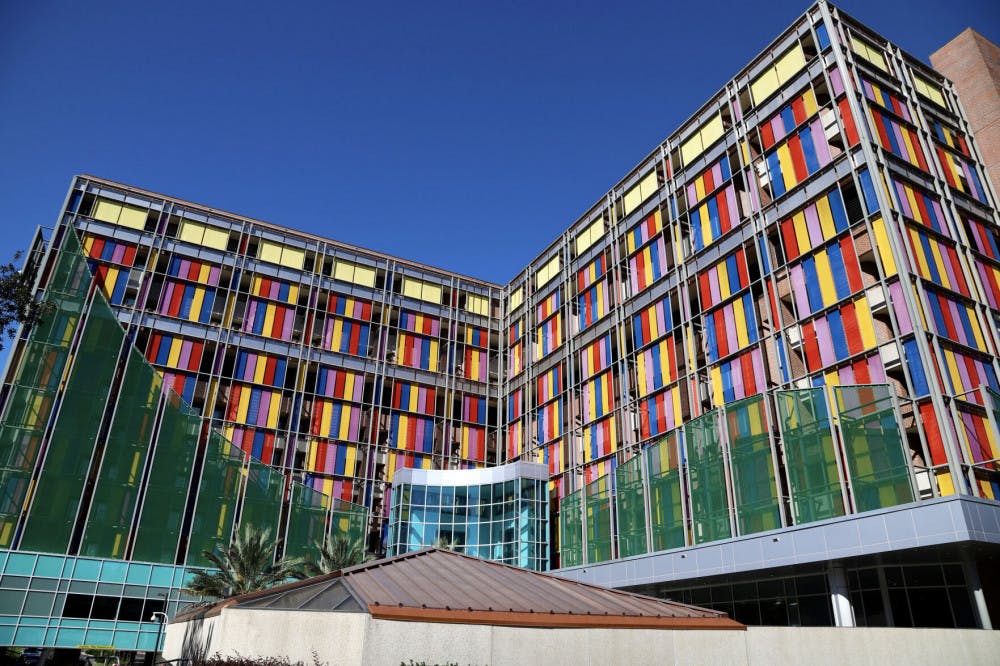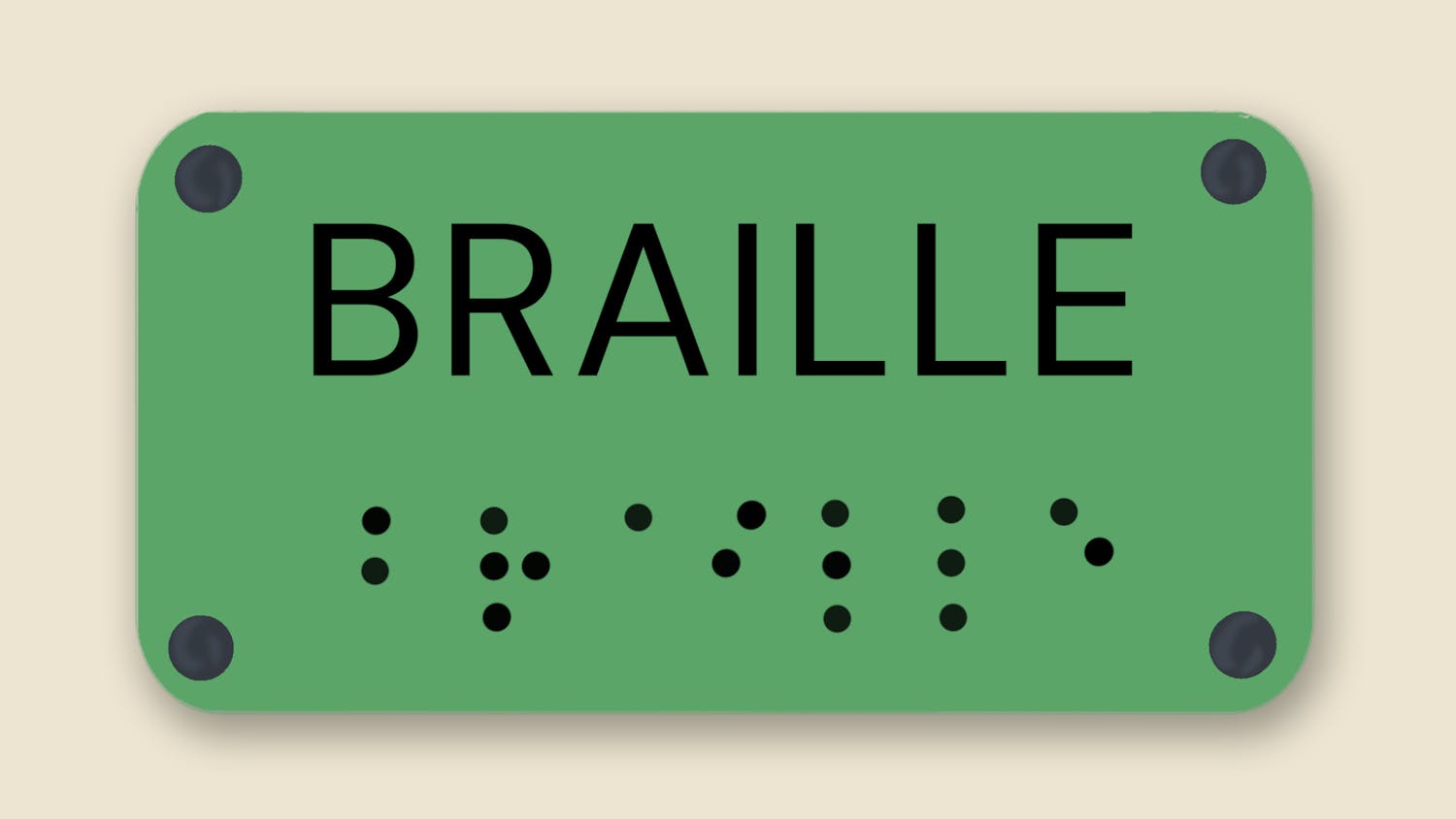Despite aching legs and feet after standing for 13 hours and six minutes straight — or 13.1 hours, a nod to the length of a half-marathon — Brooke Peck knew she had to see the challenge through to the end.
The 20-year old UF psychology sophomore was a dancer at UF’s 27th annual Dance Marathon fundraiser, where she helped raise money for children at UF Health Shands Children's Hospital.
However, the event that normally packs hundreds of students into the Stephen C. O’Connell Center was physically distanced and split into two parts this year because of COVID-19.
Dance Marathon raised $2.27 million dollars this year, about $250,000 less than last year. The amount was announced at the main event, held both at the O’Connell Center and virtually April 10 and 11. The 26-hour-and-12-minute event — meant to simulate the 26.2 miles of a marathon — was the culmination of a yearlong effort to collect funds for the Children's Miracle Network Hospitals.
Dance Marathon recommended anyone attending the event to quarantine for at least two weeks beforehand. The organization enforced UF Screen, Test and Protect protocols, such as physical distancing, face coverings and frequent sanitation. UF students were required to wear a face covering at all times and show a “Cleared” status on their ONE.UF portal to participate, according to the Dance Marathon website.
The event also underwent changes to accommodate safety precautions. Instead of staying on their feet for 26.2 hours, dancers participated in two shifts of 13.1 hours each. The first shift was April 10 from 8 a.m. to 9:06 p.m., and the second was April 11 from 6 a.m. to 7:06 p.m.
Peck was impressed with Dance Marathon officials’ efforts to keep participants socially distanced, including dancer relations captains, who work throughout the year to communicate information about Dance Marathon’s events to dancers. At the O’Connell Center, officials separated participants by dancer groups, and dancers stood on spaced-out floor markers during events, she said.
The groups were made up of about 20 dancers who stayed together while physically distancing themselves from other groups and rotating through different activities at the O’Connell Center, according to the Dance Marathon website.
“I didn’t feel unsafe at any time,” Peck said.
Participants were allowed to drink water inside but had to go outside to eat. Some exceptions were made due to rainy weather, she said. Once outside, groups ate together at distanced tables.
While outside, Peck got a chance to play Frisbee with a “miracle child,” one of the children meant to benefit from Dance Marathon’s fundraising.
Miracle children were only able to attend if their medical team approved, according to the Dance Marathon website. Throughout the day, miracle families shared their stories, either in person — on the stage or floor, surrounded by only Dance Marathon officials — or virtually.
“It’s insane to hear some of the things that they’re going through and how brave and strong they’ve been throughout it,” Peck said. After the two-day marathon, participants involved in the event reunited in person at the O’Connell Center for the “Total Reveal” moment, which was also live-streamed for those at home.
During the total reveal presentation, Holly Bogart, mother of 17-year-old miracle child Kinsey Bogart, recounted Kinsey’s story of years with kidney failure and dialysis for the in-person and virtual crowd.
After a failed kidney transplant, Kinsey started dialysis treatments at UF Health Shands Hospital, which is an hour-long drive from her house. Holly teared up while recalling how her daughter lost consciousness on the way to a dialysis treatment in 2019.
She remembered thinking Kinsey would die that day, she said.
“But once again, we received another miracle,” Holly said.
Since then, the Bogart family has been making thrice-weekly visits to Shands for four-and-a-half-hour long dialysis treatments on machines funded by Dance Marathon.
“Our story continues, but we’re not alone,” Holly said. “I’m not saying we don't struggle, we absolutely do, but we focus on tackling the issues at hand and we stay positive.”
Contact Sofia Echeverry at secheverry@alligator.org. Follow her on Twitter @sofecheverry.

Sofia is a news assistant on The Alligator's university desk. This is her second semester at paper, where she previously worked as a translator for El Caimán.






